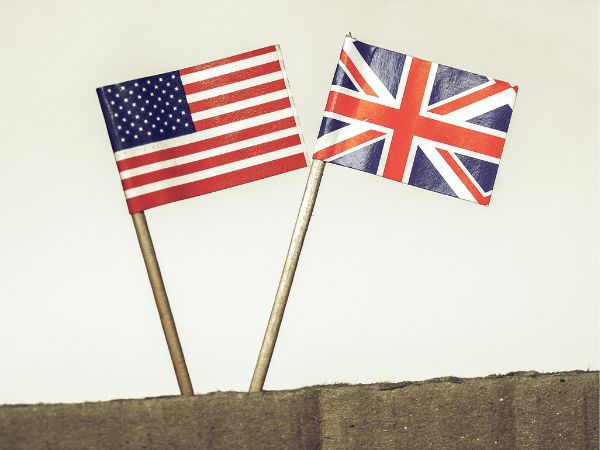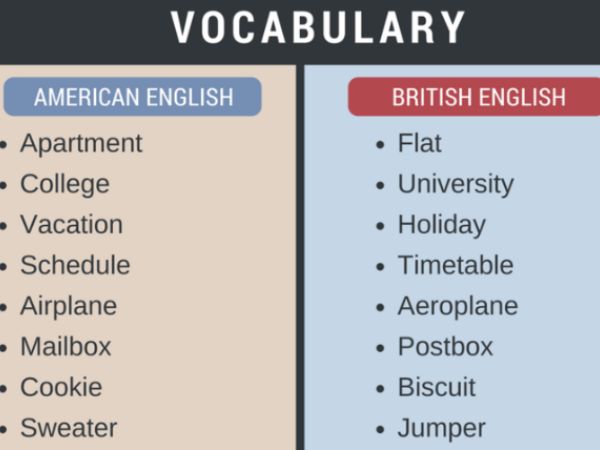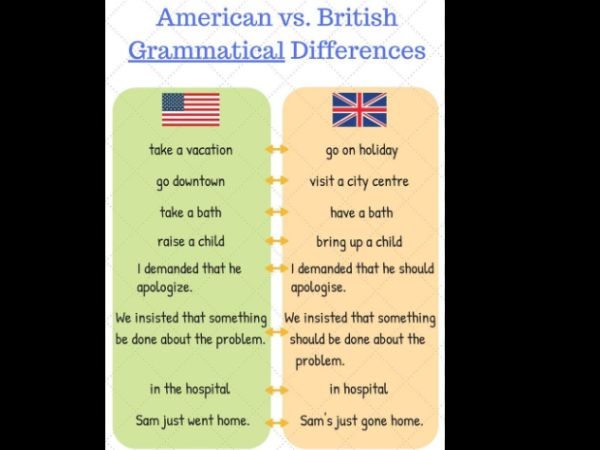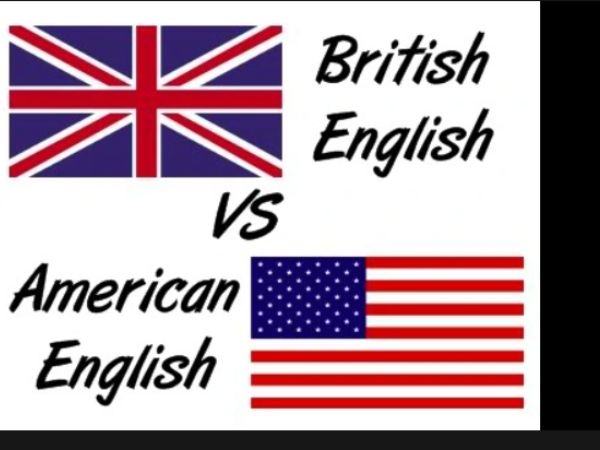What’s the difference between British English and American English? Well, it’s easy to spot once you know how!
We don’t always realise it, but English has become a constant presence in our lives: original-language films on Netflix, content on social media, instructions for the devices we buy, and words that have entered common usage at school (who among us hasn’t said “call” or “meeting”?).
There’s no shortage of passive exposure, but actively learning English is crucial in today’s globalised world — and for a number of important reasons.
To start with, English is the most widely spoken language in the world, both as a native tongue and as a second language. Knowing it means being able to communicate and exchange ideas with people from very different places and cultural backgrounds, opening our minds and helping us learn more about the world and its many realities. This is especially true when travelling abroad, where speaking with locals becomes essential.
If that weren’t enough, English is also the ye, diplomacy, and science. In many industries, being proficient in English is considered a key requirement. Multinational companies — and sectors such as IT, tourism, and finance — all demand English-language skills, and learning the language can significantly boost your job opportunities and career progression.
English is a fascinating language, not least because of its historic split between British English and American English. These two linguistic forms, while sharing common roots, are full of nuances, differences, and quirks that make each one unique.
Exploring variations in vocabulary, pronunciation, and grammar allows us to appreciate the richness and diversity of the English language, and to broaden our communication and employment skills.
Let’s take a look at the main differences between British English (BE) and American English (AE), and the contexts in which they’re used.
British English vs American English
Pronunciation
British English tends to maintain a pronunciation more rooted in tradition, often associated with a distinctive sense of formality. This results in more conservative sounds and a rhythm that’s considered more classically “British”.
American English, on the other hand, often adopts a more open and clear pronunciation, partly influenced by Northern European languages and a tendency towards faster phonetic adaptation.

A telling example of this difference is the word schedule. In BE, it’s commonly pronounced “shed-yool”, with a soft ‘sh’ sound at the beginning and a lighter rendering of the vowels. In AE, however, you’re more likely to hear “sked-yool”, with a harder ‘sk’ sound and a crisper first syllable.
This distinction illustrates not just the subtle differences in pronunciation between the two forms of English, but also the flexibility and adaptability of the language within its various linguistic and cultural communities.
Vocabulary
Aside from pronunciation, BE and AE are also marked by different vocabulary, with many words either meaning different things or being used differently depending on the version of English.
A clear example is in the terms used for vehicles and housing. In British English, the word lorry refers to a large goods vehicle — the American equivalent being truck.
This lexical contrast extends to living spaces: where a Brit might refer to a flat, an American would typically say apartment.
These vocabulary differences not only enrich the language but also highlight the distinct cultural and historical backgrounds of English-speaking communities across the world.

Spelling
The differences between British and American English also extend to spelling. While many words are spelled the same, there are key exceptions that stand out.
A common example lies in the inclusion or omission of letters. In British English, we write colour, whereas in American English, the simplified form color is preferred. Similarly, centre in BE becomes center in AE.
Grammar
When it comes to grammar, there are a few notable differences between British and American English. One of the most prominent involves the use of the Present Perfect versus the Simple Past.
In British English, it’s more common to use the Present Perfect to describe actions that took place in the past but are still relevant to the present. This form works especially well when the action has just been completed or continues to have an effect. For example: I have just eaten.

In American English, speakers are more likely to use the Simple Past in these cases — I just ate — placing emphasis on the past event itself without necessarily highlighting its connection to the present moment.
This grammatical difference reflects how each form of English handles time and narrative context in everyday speech.
British English and American English: Geographic Distribution
Beyond linguistic differences, it’s also interesting to consider the geographical and cultural contexts in which British and American English are most commonly used.
British English is the dominant form in the United Kingdom, where it has its historical roots. That said, even within the UK, there’s significant dialectal variation. For example, the English spoken in a southern city such as London differs greatly from that heard in the north, in regions like Lancashire or Cumbria.
British English is also widely used in former British colonies such as India, Australia, New Zealand, and many African countries, where it is often either the official language or one of the official languages.
American English, on the other hand, is the primary form used in the United States. Here too, there are considerable regional differences — for example, the English spoken in the American South can be very different from that spoken in the Northeast or Midwest.

American English is also widely spoken in Canada, where it coexists with Canadian English — a variant that incorporates elements of British English and Canadian French. Moreover, AE is spoken in parts of Latin America and the Caribbean, influenced by historical ties and economic relationships with the United States.
These regional differences in English usage stem mainly from colonial history and the cultural and political forces that have shaped each area. However, with globalisation and the rise of digital communication, both British and American English are now widely taught and understood across the world, with many people learning and using both depending on context and preference.
Astrolabio: Language Holidays to Learn English While Having Fun
If there’s one exciting and engaging way to learn English, it’s by immersing yourself in the places where the language is spoken every day.
With our study holidays, we offer you the chance to sharpen your language skills while exploring some of the most iconic locations where British and American English truly come to life.
Picture yourself walking through the streets of Bath or Edinburgh, soaking up the welcoming and historic atmosphere of the UK, where the sound of British English is all around. Or, if you prefer, experience the vibrant energy of Los Angeles or Miami — where American English takes centre stage.
Whichever destination you choose, a study holiday is a unique experience that helps expand your vocabulary, improve your understanding and fluency, and lets you fully immerse yourself in the local culture.
So, what about you — do you feel more British or American? Let us know, and join us on this fascinating journey through the English-speaking world, with destinations hand-picked just for you.




